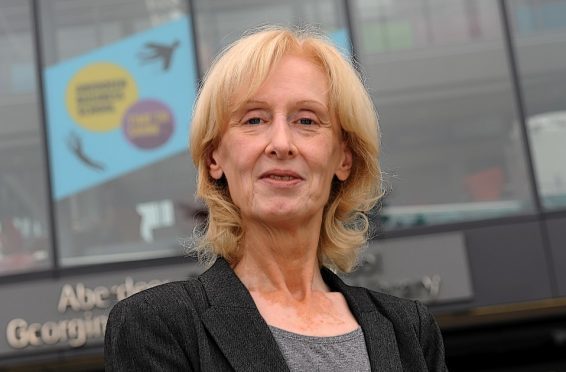It is with some shock that one realises that slave labour still persists in the twenty first century in the UK.
We all studied emancipation and the abolition of slavery at school and for many of us the thought that there may be people still living in a world where this is possible is abhorrent enough – but to imagine that such privation may be a matter of everyday fact for those around us is unthinkable.
The report of a current trial brought this topic to life for me. Directors of a bed manufacturing firm in West Yorkshire are accused of using the services of a human trafficking organisation to exploit large numbers of Hungarian nationals as a slave workforce to make the beds we might buy in familiar and trusted high street stores – and that those beds are being made right here in the UK.
It is alleged that the directors were facing financial challenges, had to find ways of cutting costs and resorted to the human traffickers who kept the workforce in accommodation they provided, gave them minimal amounts of money for food and paid them a tiny fraction of the living wage.
The report brought to mind another well-publicised example, where in 2004 23 Chinese cockle pickers drowned when high tides marooned and overwhelmed them in Morecambe Bay.
The public were shocked and the reaction was immense. It was estimated at the time that tens of thousands of workers were being abused in such ways and as a result the Gangmaster Licensing Authority (GLA) was set up to crack down on the exploitation of vulnerable workers employed in food production and agriculture.
But the results of the GLA have been limited and Professor Gary Craig of Durham University still estimates the number of forced labourers in the UK to be at least 10,000 at any given time. Yet it is difficult for the public to believe that this is the case.
When we consider ethical procurement by companies and public sector organisations we believe that we are dealing with workers in other countries who are being exploited. We think of forced labour as something that happens remotely from our current lives and that if our food or beds are manufactured in the UK that gives us comfort that we are being ethical and thoughtful about the origins of the products we buy.
However as recently as 29th July 2015 David Cameron vowed to end the abhorrent practice of forced labour in our country – that he has still to do so tells its own shocking story.
In particular he was addressing the issue of Vietnamese children being brought to the UK to work in nail bars and cannabis farms. A report by the BBC indicated that 3,000 Vietnamese children were being exploited for profit by criminal gangs in the UK today.
At the time the Prime Minister spoke of new rules to be put in place requiring large companies to evidence what they are doing to prove that there is no slave trafficking in their supply chain.
Will this stop the problem? Hopefully it will make companies look more closely at their suppliers and the reality of their operations but it will not stamp out those who are sadly less concerned with behaving in an ethical manner.
Businesses must make a profit to survive. In difficult economic conditions it can be more difficult to make a profit – but it is not impossible to sustain a successful business based on sound values even in difficult economic times.
Take the example of a local bed manufacturing enterprise – Glencraft. Glencraft has existed since 1843, manufacturing high quality beds throughout its history.
It faced financial challenges and in 2009 was liquidated and its workforce made redundant. Current Chairman Duncan Skinner got involved in resurrecting Glencraft when he and others stepped in to restructure the organisation as a social enterprise and since then Glencraft has moved to new premises on Lang Stracht and secured relationships with Argos amongst others to grow their market.
Glencraft is certainly a model of the kind of supplier that large companies might use with no qualms of falling foul of the new anti-slavery rules.
Glencraft, while paying the living wage as a minimum, describe their main purpose as a social enterprise as to provide “dignity through work”.
The Glencraft model involves everyone working together as a single team and requires strict adherence to a set of core values based on doing things right and doing the right things.
That is a great aspiration and one that is easy to embrace as a consumer. Next time you are buying a bed or seafood or having your nails done – have a think about whether you feel convinced that dignity through work is at the heart of the business you are using.
That slavery versus dignity is still a choice in twenty first century Britain is a sobering thought for all of us. Its abolition has sadly not obliterated slavery from our lives.
As Abraham Lincoln said “slavery is founded on the selfishness of man’s nature; opposition to it on his love of justice.” If we look not for the the cheapest deal but for the fairest one, we can all try to play a meaningful part in obliterating slavery.
